RF Noise – The Sound of Silence
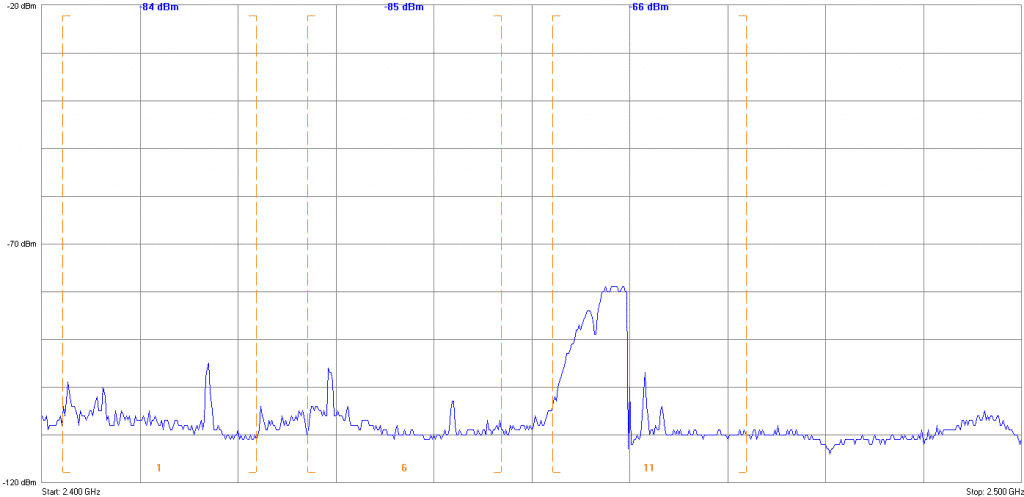
Figure 17: Noise floor with 802.11 signal in Channel 11
Overview of Radio Energy
In the previous episode of “Understanding OFDM”, we discussed the effects that convolutional coding error correction has on our overall channel data rates. The reason for using an error correction mechanism is to attempt to recover signaling information which has been corrupted by RF noise or interference during its transmission. But what exactly is this RF noise and how does it corrupt our OFDM-based 802.11 transmissions in the first place?
RF Energy
802.11 WLANs make use of a shared medium, the air around us. Unlike other shared medium communications protocols, such as cellular communications, 802.11 does not contain a mechanism to assign or provide access to this medium in an orderly manner. Instead, 802.11 uses a “listen-before-talk” procedure which is more formally known as Carrier Sense Multiple Access with Collision Avoidance or CSMA/CA. This is a little like trying to hold a conversation during a boisterous New Year’s party. The key thing to remember is that if the surrounding noise level becomes too high it will be difficult if not impossible to correctly translate the received data signals.
Anytime multiple RF energies coexist on the medium and within the same frequency range, they combine together which results in a distortion of the original waveforms. The effect happens to all of the energy streams within the channel but is of most concern with how it alters our high-speed data communications.
We can visualize the energy in the air as being of two types. The first type is the intentional radio energy that has been transmitted through modulation in order to perform communications. The second type is the unintentional noise that exists throughout the spectrum.
Signal
The intentional energy is usually referred to as the “signal”, or sometimes as the “carrier”. It is considered “good” if it belongs to us, but “bad” if it belongs to someone else, and interferes with our signals. 802.11 signaling does not provide a graceful way to allow two transmitters to use the channel at the same time. The CSMA/CA mechanism’s main intent is to prevent that from happening. That’s the “CA” (collision avoidance) part of the protocol. However, CSMA/CA isn’t perfect and collisions still occur regularly in an 802.11 WLAN.
Noise
Noise is composed of non-modulated radio energy that may have been produced as the natural result of nearby thermal activity or as a by product of man-made devices such as microwave ovens. Noise is also considered to be “bad” energy. It is common to lump both types of unwanted energy, interference and noise, together under the blanket term “noise”.
Dynamic Rate Shifting
In order to successfully transmit and receive high-speed data communications over the radio channel we must be able to differentiate our information signals from the noise. One way to do that is to transmit our signals at a power level higher than the surrounding noise. However, raising and lowering the output power of the transmitter is not the most efficient means to compensate for unpredictable noise levels. Instead, we empower our transmitters to automatically select a modulation type that is most appropriate for the current channel characteristics. Some modulations offer higher data transfer rates and some work better in the presence of noise. Under the best channel conditions (quiet medium or strong signals) you would want to use modulation types such as 64QAM (Quadrature Amplitude Modulation) or 16QAM. These allow the signals to carry the highest number of information symbols per second. But these types of modulation don’t work well in noisy situations. When the noise levels increase beyond a certain threshold, we expect our transmitters to automatically downshift to the more robust modulation types of QPSK or BPSK. These modulations don’t carry large amounts of data bits per second, but they are usable under less than ideal conditions, such as when the air medium is noisy or when the received signals are weak.
Noise Floor
The method that the transmitter uses to determine the best modulation type for each circumstance is based on calculations that take into account both the current signal strength and the difference between that signal strength and the “noise floor”. The term noise floor refers to all of the RF energy within a given channel with the exception of our intentional signaling energy. The noise floor is composed of the naturally occurring background energy (thermal noise), the heat generated by the electronics of the Wi-Fi radio in use (noise figure), and samples of the interference taken over time.
The Sound of Silence
There is radio energy everywhere around us, even when there are no man-made transmitters nearby. This background noise is the result of many naturally occurring sources, such as radiation left over from the creation of the universe and thermal energy released by the sun. Every type of motion emits kinetic energy in the form of heat, itself a type of radiation, which adds to the omnipresent background noise. While it’s not possible to predict the maximum unwanted energy that will be on the medium at any one time, we can know, precisely, the minimum amount of thermal noise that will exist within our channels. Thanks to discoveries made late in the 19th century, by Maxwell and Boltzmann, we know that there will always be, at least, -174 dBm of noise present within every Hertz (Hz) of bandwidth.
Minimum Channel Noise – Fun with dB Math
To calculate the least amount of thermal noise possible in a radio channel, we multiply the noise energy value (-174 dBm) times the channel bandwidth. When working with RF calculations, it is preferable to simplifyy the arithmetic by using dB math. In this case, it is even easier since we already have one of the factors (noise energy per Hz) stated in dB terms. In order to complete this calculation using dB math, the remaining steps will be to convert the bandwidth of the channel into dB and then add it to the noise energy per Hz value.
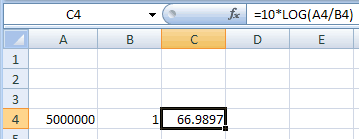
Figure 18: Five million is 67 dB greater than 1
For instance, to figure out the least amount of background noise that can be found in a 5 MHz WiMAX channel, we would first convert 5 MHz into dB. Since we know that an increase of 1 million times can be expressed as 60 dB and an increase of 5 times can be expressed as 7 dB, it is correct to say that 5 MHz is 67 dB greater than 1 Hz. Did you think that dB math was limited to just the “Rule of 3s and 10s”?
Since both of our terms are now in dB, we can simply add them together to see that a 5 MHz wide channel must contain at least -107 dBm of background noise. Here’s that calculation broken down by steps:
- Thermal Noise power = -174 dBm per Hz
- 5 MHz is 67 dBs more than 1 Hz
- increase of 1 million times = 60 dB
- increase of 5 times = 7 dB
- 5 MHz Channel Minimum Noise = -174 + 67 = -107 dBm
Now, when working with Wi-Fi it is more likely that you will be using channels wider than 5 MHz, so let’s stretch these calculations out a little further. To figure out the least amount of thermal noise possible in a standard 20 MHz, 802.11a/g OFDM channel, you just need to quadruple the channel width from our previous calculation. Here’s your chance to use the “Rule of 3s”.
If there is at least -107 dBm of noise in a 5 MHz wide channel, then how much must there be in a 10 MHz channel? Well, a 10 MHz channel is twice as wide as a 5 MHz channel, so there will be (at least) twice as much noise in the 10 MHz channel. As we know, an increase of two times can be expressed as a 3 dB increase. If we add 3 dB to the previous calculation, we end up with -104 dBm per 10 MHz channel. But, we’re not quite done.
Since 20 MHz is twice the width of 10 MHz we can do the same procedure once more to finish this out. An increase from 10 MHz to 20 MHz can be expressed as a 3 dB increase. If we add 3 dB to the last result, you can see that every 20 MHz wide channel must contain at least -101 dBm of noise. That is equal to 4 times (6 dB) the noise contained in a 5 MHz channel. Here’s the step-by-step process to get that, starting with the 5 MHz result from above.
- 5 MHz Channel Minimum Noise = -107 dBm
- Increase to 10 MHz = increase of 2 times = 3 dB
- -107 dBm + 3 dB = -104 dBm
- 10 MHz Channel Minimum Noise = -104 dBm
- Increase to 20 MHz = increase of 2 times = 3 dB
- -104 dBm + 3 dB = -101 dBm
- 20 MHz Channel Minimum Noise = -101 dBm
Finally, since the completion of the 802.11n amendment, we now have the ability to use 40 MHz wide channels. To figure out the least amount of noise that would be present within an 802.11n, 40 MHz wide channel you would just need to double the channel width and add it to the previous result, once more. Since, we know that a 20 MHz channel contains at least -101 dBm of noise, adding 3 dB to that amount means that a 40 MHz channel will contain at least -98 dBm of noise. The logic behind that is:
- 20 Mhz Channel Minimum Noise = -101 dBm
- Increase to 40 MHz = increase of 2 times = 3 dB
- -101 – 3 = -98 dBm
- 40 Mhz Channel Minimum Noise = -98 dBm
Furthermore, as of the release of 802.11ac in 2013 we have two additional channel width options. They are 80 MHz wide channels, which are commonly used now and 160 MHz wide channels which are not yet available at the time of this writing.
- 80 MHz Channel Minimum Noise = -95 dBm
- 160 MHz Channel Minimum Noise = -92 dBm
Noise Figure
Now that we know how much background noise to expect in our channel, the next step in figuring out the noise floor is to allow for the thermal energy generated by the receiving Wi-Fi equipment. All Wi-Fi equipment dissipates thermal energy even when not in the act of transmitting. This energy is a result of the heat being given off by the electronics of the device. This is in addition to the minimum channel noise. “Noise figure” is the term that refers to the thermal energy given off by the electronic device being used. Usually the more expensive the equipment the better (less) the noise figure will be and vice versa. The noise figure varies between vendors but will typically be between 1 and 5 dB.
The last component needed to calculate the noise floor is the variable amount of interference caused by neighboring man-made devices. Sometimes this value is high and sometimes it’s low. Because of this uncertainty, it is necessary for the Wi-Fi radios to be able to perform ongoing energy measurements. The results of these measurements will be added to the results of the previous calculations and together they will represent the noise floor. The noise floor value is intended for use by the transmitter, but some types of Wi-Fi management applications, such as site survey or troubleshooting utilities, may show this information. If so, it will usually be stated in dB and carry the label “Noise”.
SNR
Remember that we are describing the logic that a transmitter uses to determine which modulation type should be used when transmitting within the current channel conditions. The first step was for the transmitter to calculate the existing noise floor. The next step will be to determine the current transmit signal strength. The simplest way for an 802.11 radio to determine the transmit signal level and modulation rate that goes with that is to use the most recent Received Signal Strength Indication (RSSI) value that it has available, as a starting point. But a better indicator of the quality of the channel is the signal-to-noise ratio or SNR. SNR is the difference between the strength of the signal (good energy) and the power of the noise floor (bad energy).
When relying only on the RSSI a transmitter may determine that it has a strong signal level between itself and the receiver and choose a faster modulation rate. However, if the noise floor is also high then the complex modulation rates may not be usable, resulting in errors, resulting in retries at lower speeds, resulting in poor performance of the WLAN.

Figure 19: NetStumbler – SNR equals signal subtracted from noise floor
To derive the SNR, the radio needs to assess the strength of the current signal and subtract it from the noise floor value. Within every Wi-Fi radio, the signal strength is constantly being measured and reported. Even if the radio has not recently transmitted user data, it will have been involved in management transactions such as transmitting or receiving Beacons or Probes. All of this activity will allow the radio to accurately gauge the channel conditions that exist within the Basic Service Area (BSA). In order to calculate the SNR, the transmitter takes the current signal strength and subtracts the noise floor from it. The positive number that results is called the SNR. For instance, if the noise floor is calculated to be -96 dBm and the signal strength is equal to -75 dBm, then the SNR would be equal to 21 dB.
- Current noise floor including thermal noise, noise figure, and interference = -96 dBm
- Current signal strength = -75 dBm
- Current SNR = 21 dB
- -96 dBm – -85 dBm = 21 dB

Figure 20: IEEE 802.11-2012 Table that shows SNR requirements per modulation level
Now that the transmitter has an accurate SNR estimation, it can determine the best modulation level to use for the upcoming transmission. The minimum SNR requirements for each modulation level are predetermined and specified by the 802.11 standard. The SNR requirements for 802.11a/g can be found in Table 18-13 of the 802.11-2012 documentation, just below section 18.3.9.7.4. The column that shows the SNR values is on the far left and is labeled “Relative Constellation Error” (RCE). According to this chart, an RCE of -21 dB would allow a modulation rate of 16QAM using ¾ convolution coding. If you like, you can calculate the maximum signaling rate for a 20 MHz channel in the presence of this RCE.
Relative Constellation Error?
You may be wondering why the 802.11 chart, shown in Figure 5, refers to something called Relative Constellation Error (RCE) rather than SNR. The definition of RCE is the “RMS–averaged magnitude error of multiple constellation points”. In other words, RCE is an indicator of constellation error. In this case, “constellation” refers to the schematic of modulation points displayed by an “In-phase and Quadrature” (I and Q) polar plot. In order to better understand the idea of constellation error, refer back to the I & Q charts that were used during previous episodes of this tutorial.
As stated earlier, multiple independent radio transmissions, which coexist within the same channel, will have an effect on each other. The energy components of the waveforms tend to combine in unpredictable ways that result in distorted phase and/or amplitude characteristics of the received signals. This distortion may be great or slight, depending on the amount and power of the interfering noise.
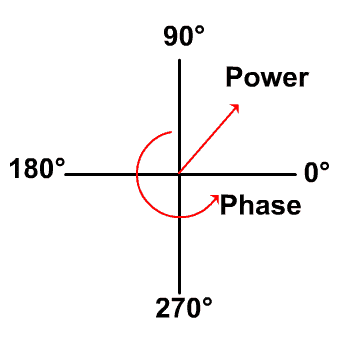
Figure 21: Mechanics of In-phase and Quadrature (I&Q) polar charts
Reference Points
I & Q constellations are used to help us visualize the locations of amplitude and phase combinations as an alternative to viewing them as RF waveforms. A constellation is a polar plot with an overlay of the X and Y axes. The amplitude of the signal is proportional to the radius from the origin (center). The phase is shown as the angle measured from the X axis, moving counterclockwise. Modulation occurs, ideally, at specific reference points around the axes of the polar chart. The reference points are indicated on the chart by small circles. Under the best channel conditions, the received signal would be sampled and mapped to the same reference point location on the receiving side as it was launched from at the transmitter.

Figure 22: A BPSK polar plot has only two decision spaces (left or right)
Presentation note: BPSK in action
Presentation note: QPSK in action
Presentation note: 16QAM in action
But, in more typical conditions the phase and amplitudes of the surrounding noise adds to the information signal and changes the location of the symbol away from its ideal reference point on the receiver’s constellation map. The measured difference between the ideal reference point and the point where the modulation symbol is actually received is known as the “constellation error”.
Decision Spaces
Even though the received symbols might not land neatly within the reference point areas, it may still be possible for the receiver to correctly guess the reference point that the symbol is supposed to match. It does this by dedicating additional space around the actual reference point for the case where symbols fall close to but not within the reference points. This additional area outside of the actual reference point is called the “decision space”. Signals which land outside of a distinct reference point but still within a decision space will be assumed to represent the symbol assigned to the nearest reference point. That assumption may or may not be correct.
Lower modulation levels, such as BPSK and QPSK have fewer reference points so the areas surrounding them will be larger, resulting in larger, more forgiving decision spaces. Because higher modulation levels divide the constellation into many, smaller, reference points, the areas available for decision spaces around them is also much smaller, and less forgiving. As an example, when using BPSK, there are only two phase possibilities. If a symbol falls anywhere within the left side decision space the symbol is presumed to represent a binary one. If instead, the symbol falls anywhere within the right side decision space the symbol is presumed to represent a binary zero.
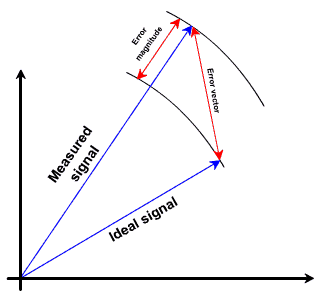
Figure 23: Measuring Constellation Error
Terms Similar to SNR
Constellation error is often referred to in wireless networking, but you may see it referred to by several different names. SNR, EVM, and RCE are all terms that refer to measurements of constellation error. They all describe the relationship between the desired information signal and the distorting influence of the unwanted noise and interference.
Error Vector Magnitude (EVM)
EVM is the amount of error in the position of the demodulated symbol positions, compared to their ideal expected positions. The EVM Signal magnitude is the length of the vector from the origin to the ideal phase and amplitude point. The noise magnitude is the length of the vector from the ideal point to the actual received phase and amplitude point. EVM is expressed as the average length of the error vector, as a percentage of the ideal vector length.
Although EVM is written as a percentage it can be converted mathematically to SNR or RCE. To convert EVM to SNR: SNR = 20 Log(length of Error Vector/length of ideal signal vector).
Relative Constellation Error (RCE)
RCE is the RMS-averaged magnitude error of multiple constellation points. RCE is easily converted to SNR by simply reversing the sign. RCE values are written as negative numbers and SNR is normally shown as a positive value. So, in order to convert the numbers shown in Figure 5 from RCE to SNR, you only need to change the negative values shown there to positive values.
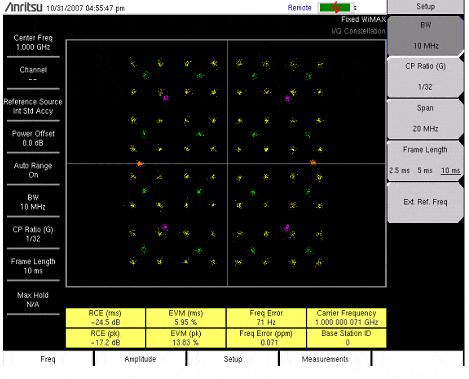
Figure 24: Modulation reference points as shown on an advanced Vector Signal Analyzer
- Reference points are the ideal, error-free modulation states
- In Figure 10 the reference points for all available modulations are shown:
- BPSK symbols are colored orange on the constellation display
- QPSK symbols are colored purple on the constellation display
- 16 QAM symbols are colored green on the constellation display
- 64 QAM symbols are colored yellow on the constellation display
Signal Analyzers
There are certain types of high-end spectrum analyzers, called “vector signal analyzers”, which can actually plot the locations of demodulated symbols as they are being received on an I & Q display. The graphic displayed as Figure 9 shows all of the constellation points in a 10 ms sample.
As you can see in the graphic, the noise floor is comparatively low because the received symbols have been mapped very closely to their ideal reference points for each modulation level. But, when noise or interference levels are higher, the symbols will be mapped outside of the ideal reference point areas. If the distribution of symbols around the ideal reference points gets too fuzzy (because of too much noise and interference nearby), higher numbers of bit errors will result due to incorrect decisions by the receiver as to which reference point a symbol should be matched with.
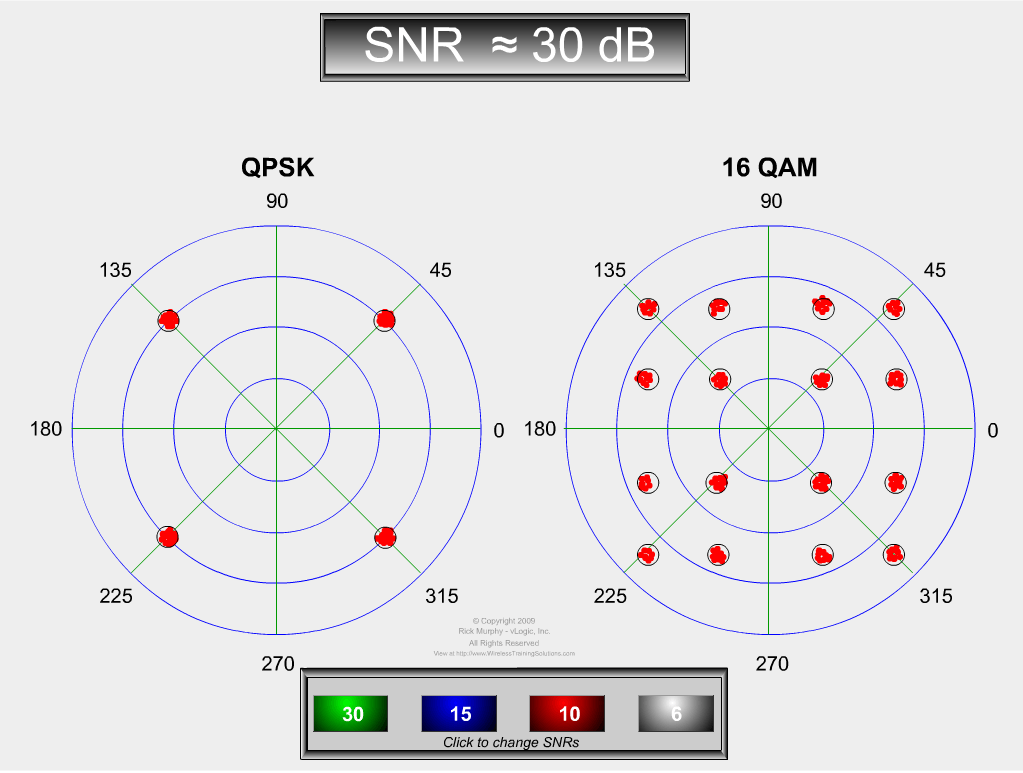
Figure 25: Signal Analyzer Simulation – QPSK and 16QAM at 30 dB SNR
The following four graphics will show the affect that variable SNR levels have on constellation error. In each image two constellation charts are shown side-by-side. On the left side you will see a constellation for QPSK, and on the right a chart for 16QAM.
Figure 10 – SNR ~ 30 dB
The first graphic shows the results of 1000 modulation symbols having been transmitted, received, demodulated and mapped by the signal analyzer. The current channel conditions are excellent with an SNR of about 30 dB. As you can see, the symbols map very neatly into the reference points for both the QPSK and 16QAM modulation levels. Under these conditions the transmitter would select the highest modulation level available for this SNR (16 QAM) in order to transmit the most data possible during each transmission opportunity.
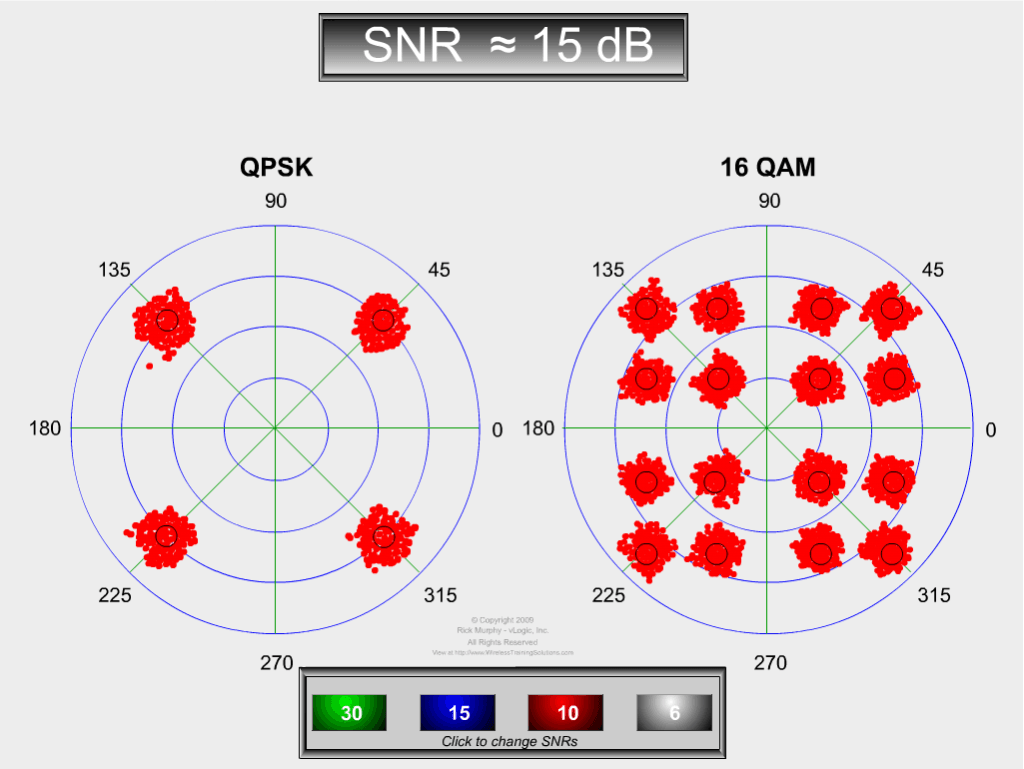
Figure 26: Signal Analyzer Simulation – QPSK and 16QAM at 15 dB SNR
Figure 11 – SNR ~ 15 dB
In the second graphic, the SNR has degraded to about 15 dB. As a result of ambient noise, many of the symbols have been changed from their original phase and amplitude characteristics and have landed outside of their ideal reference positions. Fortunately, most of the symbols are still located within the decision spaces surrounding the ideal reference points. In this case, 16QAM would still be an acceptable modulation level although the frequency of bit errors is likely to be increasing. Because of the larger decision spaces used by QPSK, it is not affected as much as 16 QAM by the interference.
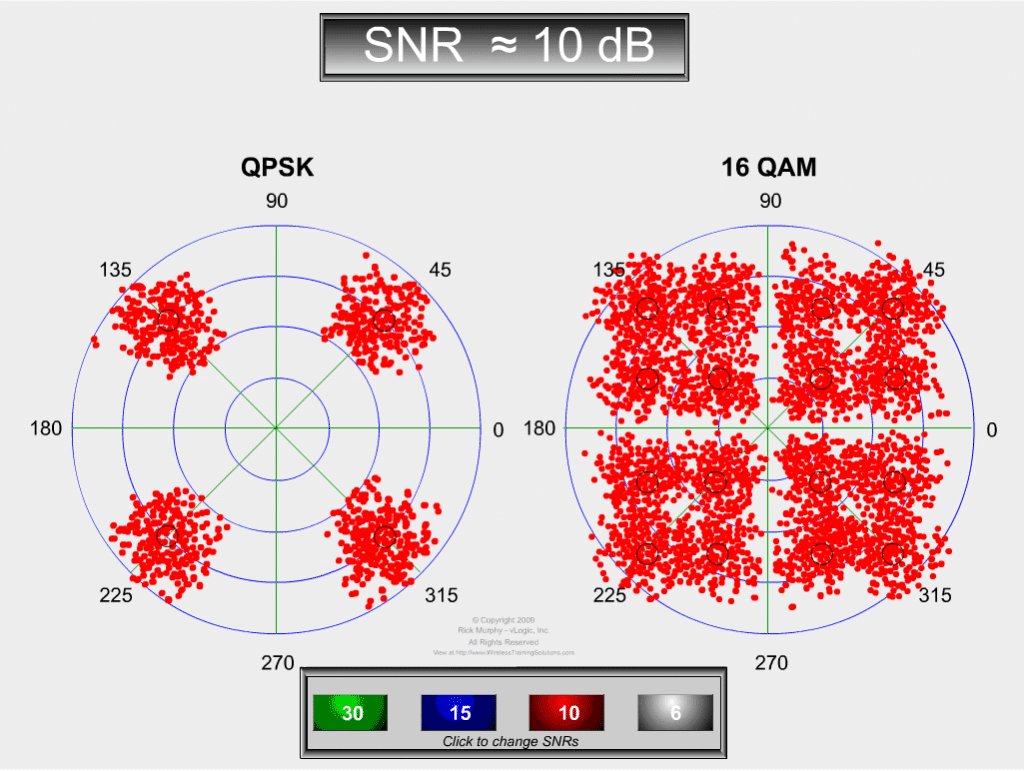
Figure 27: Signal Analyzer Simulation – QPSK and 16QAM at 10 dB SNR
Figure 12 – SNR ~ 10 dB
In the third graphic, the SNR has been reduced to about 10 dB due to higher noise and interference in the channel. As you can see, the boundaries between the 16QAM decision spaces are no longer recognizable and the majority of symbols modulated with 16QAM are unrecoverable.
The QPSK symbols are also being affected by the higher noise floor but because the QPSK decision spaces are so much larger than the 16QAM decision spaces, it’s more likely for the receiver to guess correctly which reference points to map the received symbols onto.
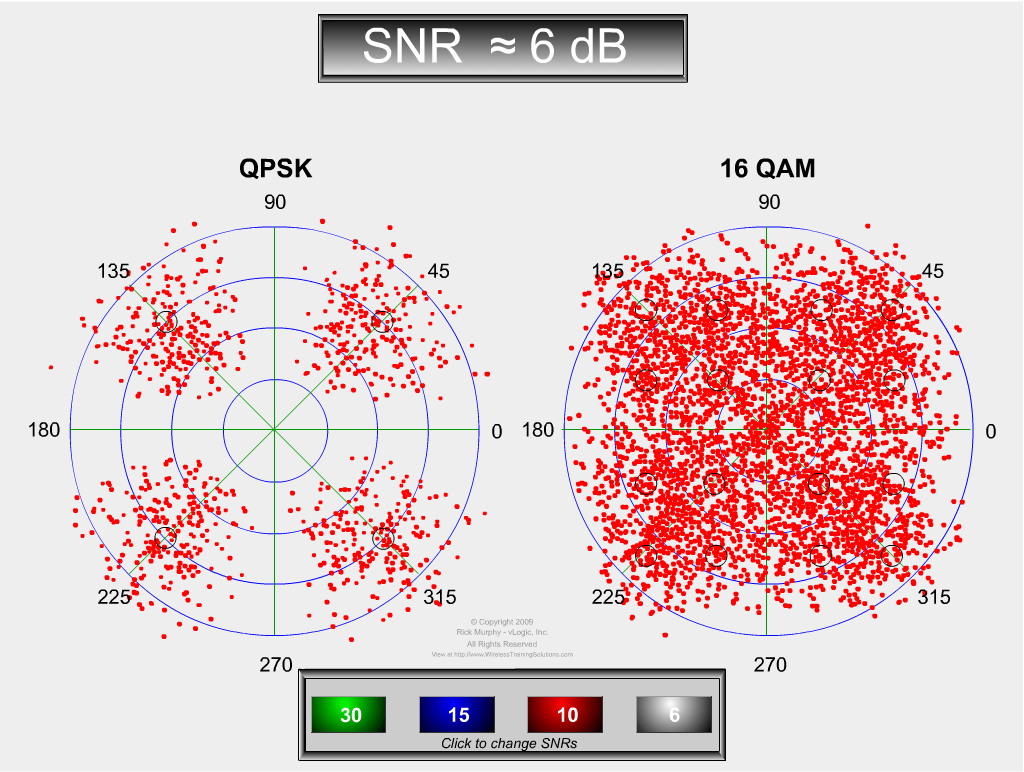
Figure 28: Signal Analyzer Simulation – QPSK and 16QAM at 6 dB SNR
Figure 13 – SNR ~ 6 dB
Finally in the fourth graphic, the SNR has been reduced to about 6 dB. At this point, even QPSK is suffering from unacceptable bit error levels. The transmitter of these symbols will most likely rate shift down to BPSK modulation for any subsequent transmissions.
End of Part 4
This concludes Part 4 of “Understanding OFDM” which is intended to explain how noise and interference affect the transmission of our OFDM signals. In the next episode we will look at how 802.11n enhances the use of OFDM in order to greatly increase the data rates available to WLAN users.
Summary of Part 4
- RF energy may used to carry information or simply be background noise
- RF energy which is carrying information is “good” (wanted) if it belongs to you
- Good energy is called “signal”
- RF energy which is carrying information is “bad” (unwanted) if it belongs to someone else and interferes with your good energy
- Bad information-carrying energy is called “interference”
- Background noise is present in all channels and is “bad” (unwanted)
- Good energy and bad energy on the same channel distort each other when their phase and amplitude characteristics combine
- Amount of distortion can be mapped according to ideal reference points on polar plots
- SNR, EVM, and RCE are similar terms which refer to the amount of constellation error
- Transmitters perform dynamic rate shifting in response to changes in constellation errors
- Signal analyzers can display constellation errors in near real-time
Next “Understanding OFDM, Part 5 – Spreading Out”
Leave a Reply